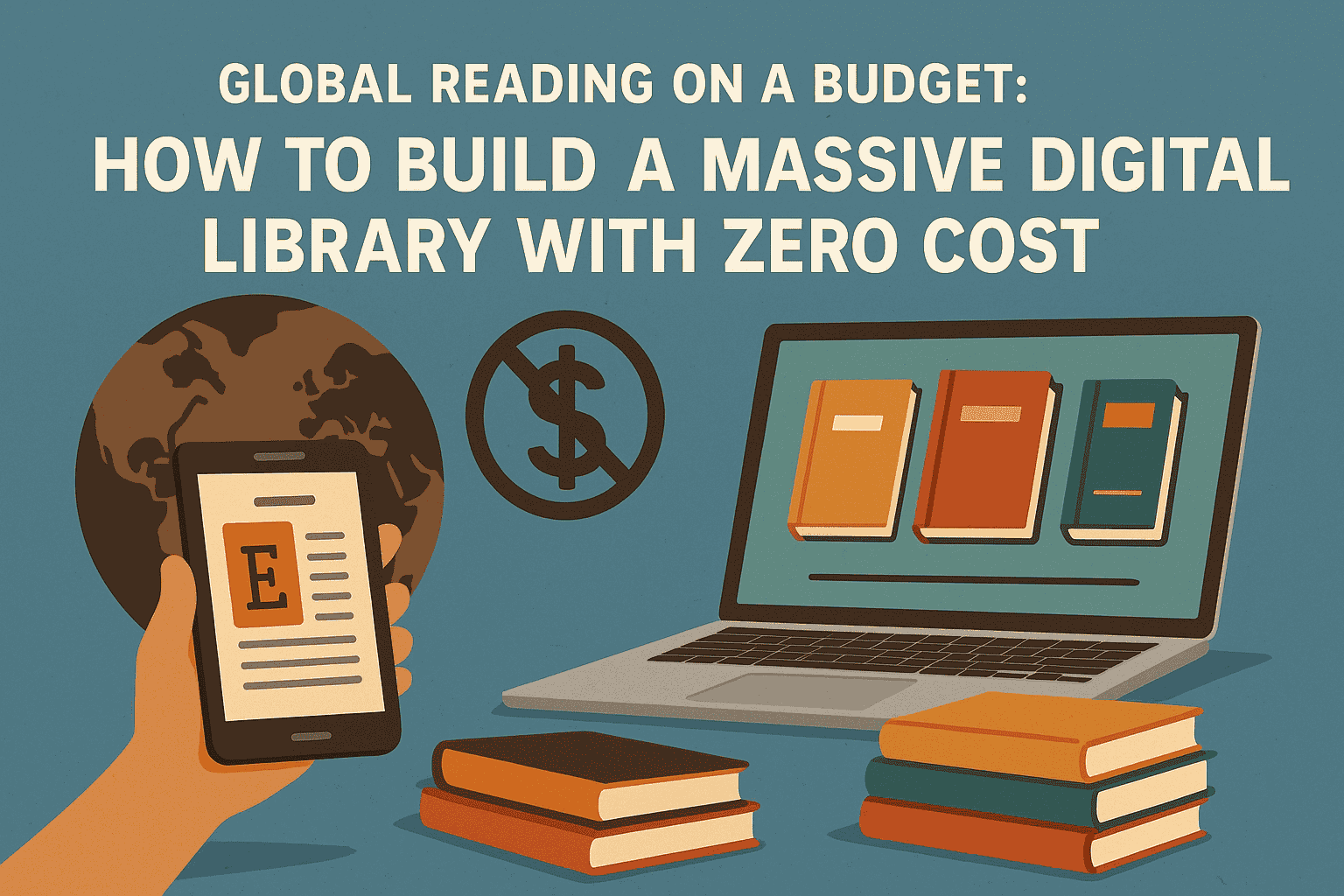Self-Publishing a Sports Memoir: Tips and Pitfalls
In an era where athletes are as much storytellers as they are competitors, self-publishing has become a powerful route for sports personalities to share their journeys. Whether you're a retired pro, a weekend warrior with an extraordinary story, or a ghostwriter working on behalf of an athlete, the self-publishing path offers both creative freedom and unique challenges.
Unlike traditional publishing, self-publishing allows you to control your narrative, retain your rights, and reach readers directly. But going it alone also means you must wear multiple hats—author, editor, designer, marketer, and publicist. This guide explores the key tips and common pitfalls of self-publishing a sports memoir, so you can tell your story with impact and professionalism.
Tip 1: Know Your Audience and Message
Before you write a single word, define the core purpose of your memoir.
-
Are you sharing lessons from adversity?
-
Offering behind-the-scenes stories from your sports career?
-
Hoping to inspire youth or fellow athletes?
Your memoir will resonate more deeply if it has a clear message. Sports fans want the action, but readers stay for the emotional stakes—your struggles, motivations, and defining moments. Identify who you're writing for: fans, athletes, coaches, or general readers—and shape your tone and content accordingly.
Tip 2: Write with Structure, Not Just Memory
One of the biggest mistakes self-publishing memoirists make is writing without structure. A sports memoir isn’t a chronological dump of career highlights. It’s a crafted narrative with a beginning, middle, and end, where the emotional arc matters as much as the stats.
Suggested Structure:
-
Introduction/Prologue – A defining moment or dramatic teaser.
-
Early Life & Influences – The roots of your passion.
-
Turning Points – Injuries, losses, breakthrough moments.
-
The Climb – Training, discipline, team dynamics.
-
The Peak (or Fall) – Your biggest wins or lowest valleys.
-
Reflection – Life lessons, regrets, and what’s next.
Bonus tip: Read memoirs by athletes like Andre Agassi’s Open or Abby Wambach’s Forward to understand how personal stories are woven into larger themes.
Tip 3: Work With an Editor (You Need One!)
Even if you’re a skilled writer, a professional editor is non-negotiable. Sports memoirs require careful balance—getting the facts right while keeping readers emotionally engaged. Editors can help with:
-
Structure and pacing
-
Voice consistency
-
Grammar and clarity
-
Legal or sensitive content
If budget allows, hire a developmental editor first to shape your manuscript, then a copy editor for fine-tuning. Skipping this step is a common self-publishing pitfall—and a surefire way to lose credibility.
Tip 4: Be Honest, Vulnerable, and Real
A memoir’s power lies in authenticity. Readers want to see not just your highlights, but your humanity—what scared you, humbled you, or nearly broke you.
Things That Resonate in Sports Memoirs:
-
Mental health struggles
-
Injuries and recovery
-
Team betrayals or locker-room culture
-
Family and personal sacrifices
-
Life after the game
Don’t shy away from uncomfortable truths. Transparency builds trust, and it’s often the raw, imperfect moments that readers remember most.
Tip 5: Include Visuals Where Possible
Sports is a visual domain. Enhance your memoir with:
-
Photos from childhood and early training
-
Game-day action shots
-
Behind-the-scenes moments
-
Newspaper clippings or trophies
These extras can bring your story to life, especially in print editions. Be sure to use high-resolution images and obtain the rights to any photos you didn’t take yourself.
Tip 6: Choose the Right Self-Publishing Platform
There are several platforms for self-publishing, each with different advantages.
Top Platforms for Sports Memoirs:
-
Amazon KDP (Kindle Direct Publishing) – Best for wide reach and ease of use.
-
IngramSpark – Ideal for bookstore and library distribution.
-
Draft2Digital – Great for eBook distribution across multiple retailers.
-
Blurb or Lulu – For memoirs with lots of photos or high-end print designs.
Pro tip: Use both KDP for Amazon sales and IngramSpark for broader retail distribution to maximize reach.
Tip 7: Design a Professional Cover and Layout
People absolutely judge a book by its cover—especially in nonfiction. A sports memoir should look polished and genre-appropriate.
-
Hire a professional cover designer.
-
Make sure the title and subtitle are clear, emotional, and SEO-friendly.
-
For layout, use tools like Vellum (Mac), Atticus, or Reedsy Book Editor to format clean interior pages.
Bad design screams “amateur,” and even a great story will be dismissed if it looks poorly produced.
Tip 8: Market Like a Pro (or Hire One)
Self-publishing doesn't stop when the book is finished. Marketing is everything. You’re not just an author—you’re your own PR team.
Effective Marketing Tactics:
-
Create a website or landing page for your book.
-
Use social media to share stories, clips, or images.
-
Appear on podcasts, especially in sports or wellness niches.
-
Offer signed copies to fans or run giveaways.
-
Ask teammates, coaches, or influencers for endorsements or blurbs.
Consider a book launch team to help with reviews and word-of-mouth. You might also hire a freelance publicist for press coverage or local events.
Pitfall 1: Rushing the Process
One of the biggest mistakes? Trying to crank out and publish a memoir in a few weeks. A rushed memoir lacks depth and polish.
Give yourself time to write, rewrite, rest, and revise. Plan your publishing schedule at least 3–6 months in advance. Quality is worth the wait.
Pitfall 2: Not Fact-Checking or Clearing Names
Sports memoirs often involve other people—coaches, teammates, rivals. Failing to fact-check or get permissions can land you in legal hot water.
-
Double-check dates, scores, locations.
-
Change names or get consent if you’re writing about others.
-
Avoid making defamatory statements.
If needed, have a legal reviewer go over sensitive sections of your manuscript.
Pitfall 3: Ignoring Print vs. Digital Differences
Many athletes want print books to sell at events or gift to fans—but ignore formatting and pricing differences between print and eBooks.
Key differences:
-
eBooks are cheaper, faster to distribute, and ideal for Kindle readers.
-
Print books require proper layout, trim size selection, and cover formatting.
Use print-on-demand options so you’re not stuck with 500 unsold copies in your garage.
Pitfall 4: Underestimating the Power of Reviews
Early reviews on Amazon or Goodreads can make or break your launch. Don’t just hope for reviews—strategically ask for them.
-
Reach out to fans, fellow athletes, and early readers.
-
Include a polite request at the end of your book.
-
Offer advanced reader copies (ARCs) to reviewers or bloggers.
The more positive reviews you have, the more likely new readers are to give your memoir a chance.
Conclusion: Your Legacy in Your Own Words
A self-published sports memoir is more than just a book—it's a legacy. It’s a chance to share lessons, preserve memories, and connect with readers who might be walking their own difficult paths.
Done right, your memoir can inspire, entertain, and empower. But it takes planning, honesty, and professional polish. Whether you're reliving glory days or redefining what success looks like, your story deserves the spotlight.
And now, thanks to self-publishing, you don’t have to wait for permission. You just have to start.








